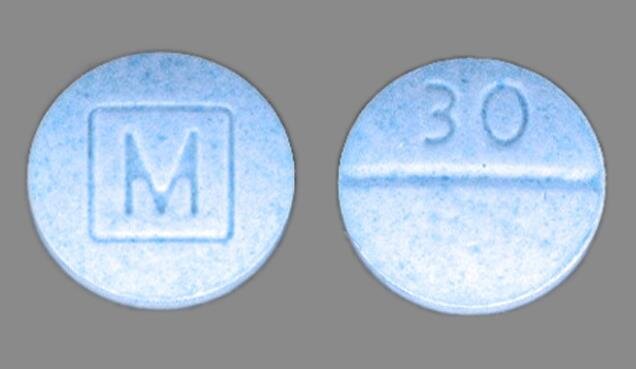Feds Target Online Pharmacies
/By Pat Anson, PNN Editor
The FDA and DEA have sent warning letters to four online networks for illegally marketing unapproved and misbranded versions of opioid pain medication. The letters are the latest step in what appears to be an expanding federal and private crackdown on online pharmacies and websites that offer alternative health products and information.
The four online networks, which operate at least 10 websites, are Divyata, Euphoria Healthcare, JCM Dropship and Meds4U. The letters warn the companies to immediately stop selling illegal opioids to consumers.
“We cannot allow rogue online pharmacies to continue to fuel the crisis by illegally offering opioids for sale and circumventing the important safeguards that have been put in place for opioids to help protect the public health,” said acting FDA Commissioner Ned Sharpless, MD.
The FDA has issued letters of this type before, but this is the first time the agency has jointly issued warning letters with the DEA. The companies were given 15 days to respond.
“You knowingly or intentionally use the Internet to advertise the sale of controlled substances by directing prospective buyers to Internet sellers of controlled substances who do not possess a valid modified DEA registration,” one letter warns.
“Therefore, your websites are operating in violation of United States law, which may be enforced through criminal penalties and civil enforcement.”
The letter to Divyata alleges the company sells the opioid painkiller tramadol as an “agony reliever that ties with receptors of the mind and sensory system to diminish dimensions of torment.”
Euphoria Healthcare was warned for selling the opioid tapentadol under the name “Aspadol Tab” and claiming it is used “to treat moderate to severe pain that occurs for shorter to longer periods of time.” The FDA has never approved a drug called “Aspadol Tab.”
As PNN has reported, the FDA has previously cracked down on rogue online pharmacies selling counterfeit drugs or illegal medication. Often the websites reappear under new names or move offshore. As many as 35,000 online pharmacies operate worldwide. The vast majority are not in compliance with U.S. laws and many do not require a prescription, according to the Alliance for Safe Online Pharmacies.
The federal crackdown is not limited to opioids or prescription drugs. This month the Federal Trade Commission warned three companies selling CBD oils, tinctures, edibles and other products to stop making claims that CBD can be used to treat pain and other chronic illnesses.
Google Warns Online Publishers
Internet companies have also taken steps to reduce the flow of online traffic and advertising revenue to websites that offer alternative health information and products.
Today Google informed thousands of online publishers enrolled in its AdSense advertising partnership that it would restrict advertising on websites that promote or have content about recreational drugs, unapproved pharmaceuticals or supplements. The policy not only applies to illegal drugs such as heroin and cocaine, but includes several alternative treatments for pain, such as marijuana, CBD, kratom and other herbal supplements.
In effect, Google is telling online publishers their advertising revenue will be reduced or stopped if they provide information that Google considers inappropriate.
“Publisher restrictions identify content that is restricted from receiving certain sources of advertising. By content, we mean anything present on your page or app - including other advertisements and links to other sites or apps,” Google explained in a note to publishers.
“If your content is labeled with an inventory restriction, fewer advertising sources will be eligible to bid on it. In some cases this will mean that no advertising sources are bidding on your inventory and no ads will appear on your content.”
Pain News Network is a Google AdSense partner. We frequently publish content about kratom, CBD and other alternative pain treatments. It is unclear how Google’s advertising policy will affect PNN.
In addition to restrictions on advertising, recent changes to Google’s search engine algorithms have suppressed search results for hundreds of websites that offer alternative health information or products. As a result, many of these websites have already experienced a substantial drop in revenue and readers.
Facebook, Pinterest, Tumblr and other online social networks have also recently suspended or deleted dozens of alternative health pages for containing what Facebook considers “false, misleading, fraudulent, or deceptive claims or content.”
Pinterest said it relies on governmental bodies to decide what is appropriate. “We rely on information from nationally and internationally recognized institutions, including the CDC and WHO, to help us determine if content violates these guidelines,” Pinterest explained in an email to a website that was banned.
PNN’s account with Pinterest was suspended without warning in June for violating the company’s “spam policies.” Our account was reactivated a week later with an apology.
“Sorry that your account was suspended. Occasionally good accounts get caught in the mix when we're looking for spammy accounts,” Pinterest said in an email.



























